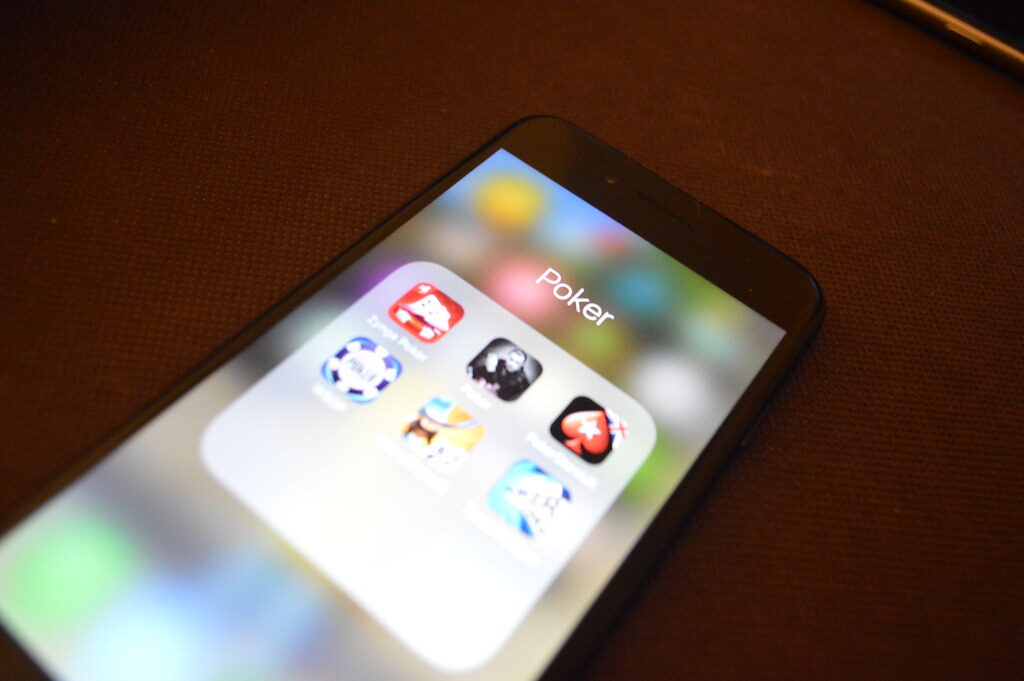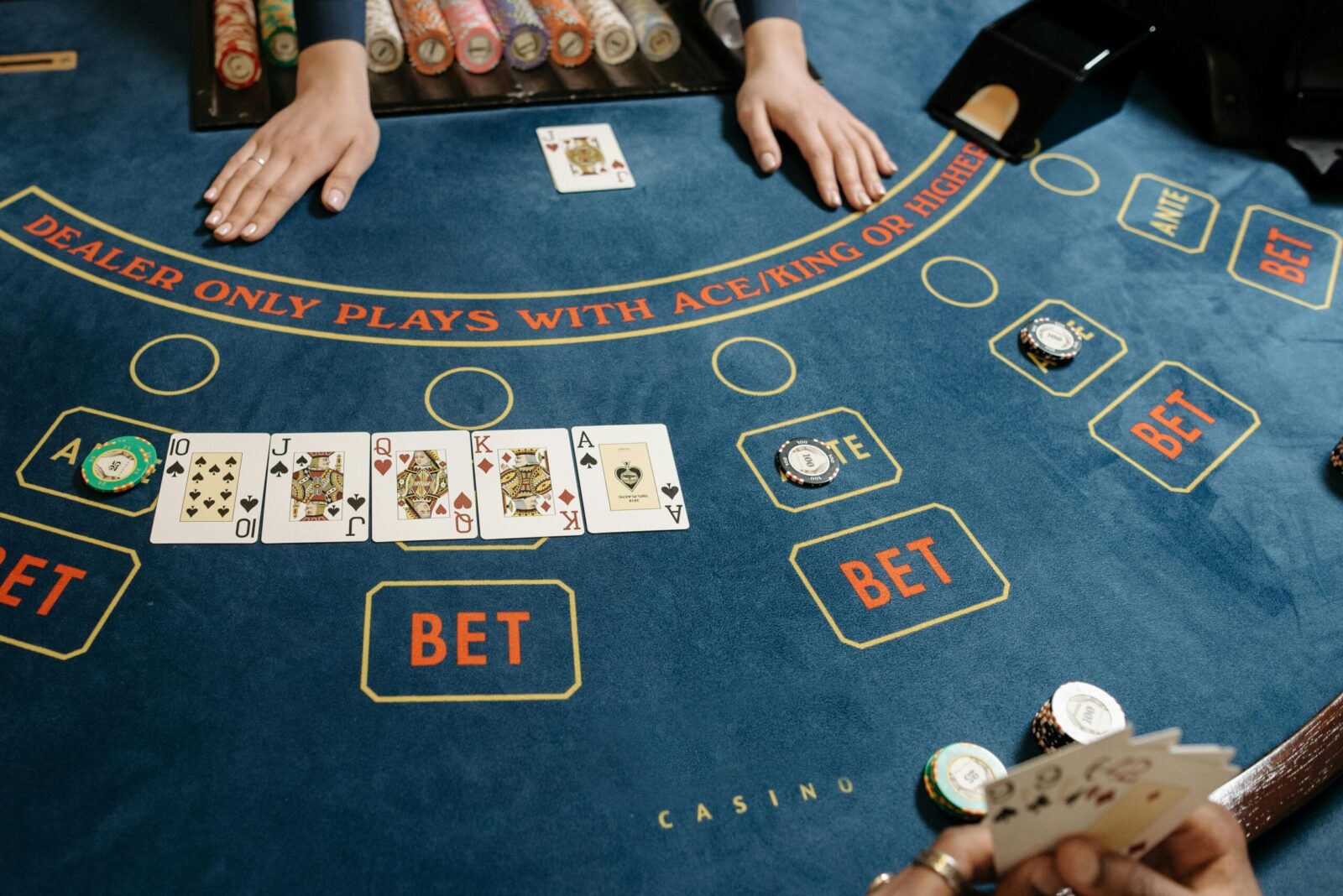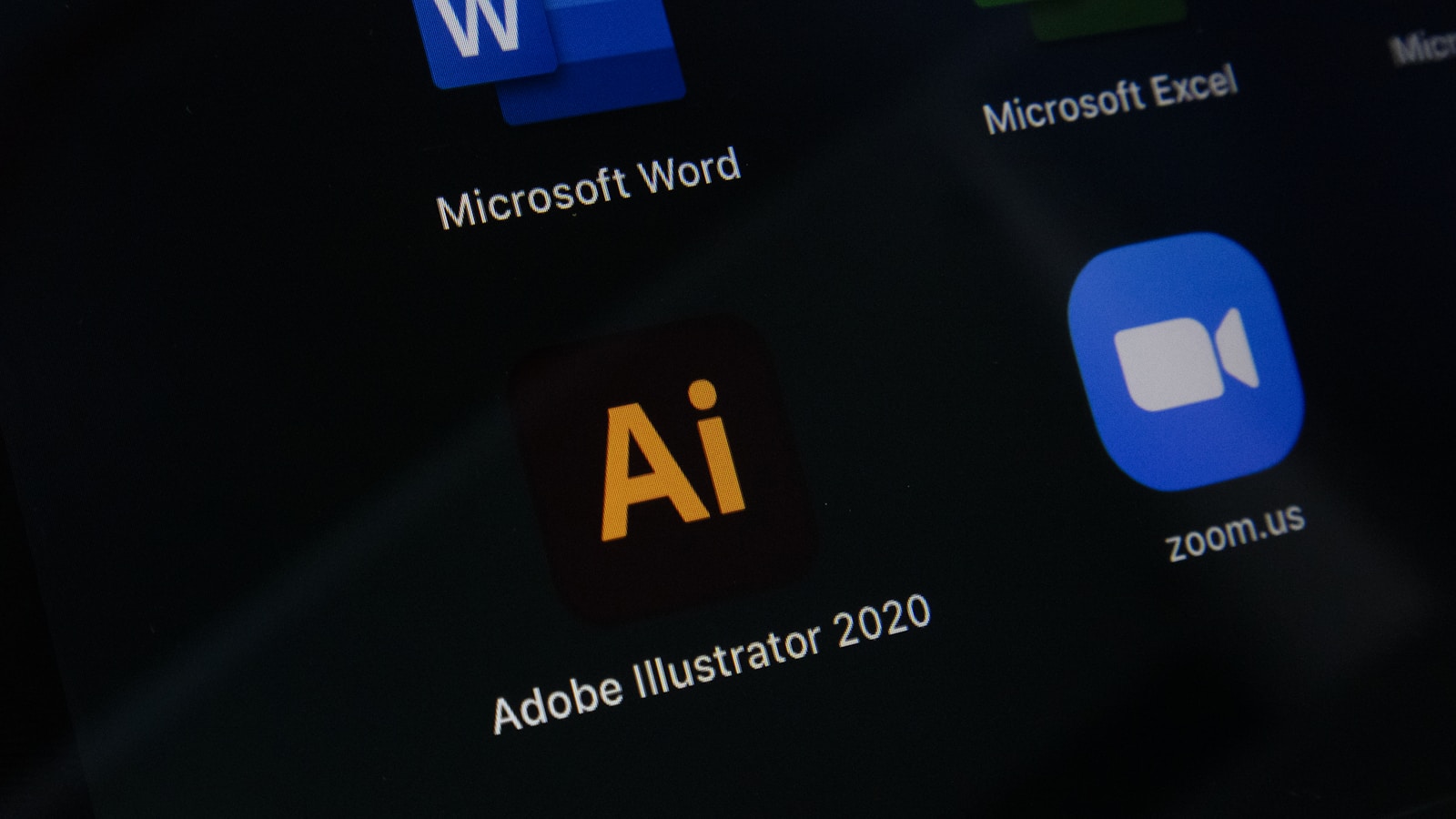If you’re new to online poker and ready to put a little skin in the game, picking the right app matters more than you think. The best real money poker apps for beginners make learning the ropes feel smooth, keep risks in check, and offer a clean, trustworthy on-ramp to real stakes. In this guide, we’ll break down what to look for, how U.S. legality actually works, and which apps we’d start on in 2025. We’ll also walk through setup, your first deposit, a sensible first session, and a simple bankroll plan that helps you grow without torpedoing your funds.
What Beginners Should Look For In A Real-Money Poker App
A real-money poker app should lower the friction to learn, play safely, and cash out reliably. When we evaluate apps for new players, these are the must-haves.
- Intuitive, uncluttered UI: Clear bet sliders, quick-seat buttons, four‑color decks, and readable action prompts reduce misclicks and decision fatigue.
- True micro-stakes and beginner traffic: Look for $0.01/$0.02 cash tables, $1–$5 Sit & Go’s, and daily low-buy-in tournaments with decent participation at off-peak hours.
- Freerolls and low-friction bonuses: New-player freerolls and deposit matches that release at micro-stakes make a real difference early on. Beware of promos that require high rake to clear.
- Solid learning aids: Built-in tips, hand replayer, hand-history downloads, and quick access to rules/hand rankings help you improve between sessions.
- Fast, predictable banking: Multiple mainstream options for deposits (online banking/ACH, debit card, PayPal) and withdrawals (ACH/PayPal/cash at cage) with transparent timelines.
- Proven fairness and security: RNG certifications, encryption, device binding, and optional 2FA. We prefer apps that clearly publish their testing labs and licensing info.
- Strong responsible gaming tools: Easy-to-set deposit and time limits, cooling-off periods, and self-exclusion. If toggling limits is buried, that’s a red flag.
- Mobile stability and geolocation reliability: Fewer disconnects and consistent location checks matter, especially if you play on the go.
Nice-to-have extras: table themes that are easy on the eyes, left-hand mode on mobile, quick support via live chat, and beginner-friendly lobbies that surface the softest games without making you hunt.
U.S. Legality, Safety, And Responsible Play
In the U.S., real-money online poker is regulated on a state-by-state basis. You must be physically located in a state where it’s legal and playing on an operator licensed in that state. As of 2025, regulated online poker is available in a handful of states (for example, New Jersey, Nevada, Pennsylvania, Michigan, and West Virginia). Availability, shared player pools, and brand lineups change, so always check your state gaming regulator’s site and the app’s licensing footer before depositing.
What to expect from legal apps:
- Geolocation and KYC: You’ll need to pass identity verification (often last four of SSN plus a document) and allow location services. This is normal and required by law.
- Segregated funds and audits: Regulated operators keep player balances separate from company funds and undergo independent testing of fairness (RNG) and security.
- Tax forms: Big wins can trigger tax reporting (e.g., W‑2G for qualifying tournament cashes). Keep records and talk to a tax pro if needed, don’t rely on the app for complete guidance.
- Software rules: Real-time assistance (RTA) and many third‑party tools are prohibited. Respect the terms to avoid account action.
Finally, protect yourself: set deposit/time limits on day one, enable 2FA, and decide in advance how much you’re comfortable losing in a month. Poker should stay fun and affordable.
The Best Real-Money Poker Apps For Beginners In 2025
We focus on regulated, U.S.-licensed options with soft entry points, good micro-stakes ecosystems, and strong support. Availability varies by state: check your local app store or the operator’s site.
PokerStars (US)
Why we like it for beginners:
- Clean, polished interface on iOS/Android with excellent bet controls and a reliable replayer.
- Deep micro-stakes traffic: consistent $0.01/$0.02 and $0.02/$0.05 tables, plus $1–$5 Sit & Go’s and daily low-buy-in MTTs.
- Learning-friendly ecosystem: easy hand-history export, four-color decks, and simple filters to surface beginner pools.
- Frequent freerolls and step satellites that let you parlay small bankrolls into bigger events without overexposing yourself.
- Banking is straightforward with online banking/ACH and PayPal in many states: withdrawals are predictable.
Good to know: PokerStars US typically offers “Spin & Go”-style jackpots. Fun, but very high variance, fine for entertainment, not ideal for a growth plan.
WSOP by Caesars
Why we like it for beginners:
- Brand trust and a broad schedule of low buy-in events, including pathways to live bracelet tournaments if that’s on your bucket list.
- Solid micro-stakes cash and Sit & Go offerings, with frequent new-player freerolls and series with soft fields.
- Clear responsible gaming controls and stable mobile software with dependable geolocation.
- Live casino cage withdrawal in supported markets is a plus for quick cash-outs.
Good to know: Series weeks can spike skill levels in some events. Stick to micros and new-player promotions until you find your footing.
BetMGM Poker (including partypoker network skins)
Why we like it for beginners:
- Beginner-friendly lobby that highlights low-stakes action without information overload.
- Consistent micro cash traffic and $1–$10 Sit & Go’s: plenty of promotional leaderboards and missions tailored to casual players.
- Competitive banking options (ACH/online banking, debit, and in many states PayPal) with clear withdrawal timelines.
- Rewards tend to give steady rakeback at low volumes, useful when you’re grinding micros.
Good to know: Some promos are leaderboard-driven. Fun, but don’t chase volume goals at the expense of good decision-making.
Why these three?
They combine trustworthy regulation, clean UX, and the right mix of micro-stakes traffic, freerolls, and straightforward bonuses. If you’re outside a regulated state, resist the urge to play on offshore sites. Legal apps protect your money and your data, and they give you recourse if something goes wrong.
Quick tip: No matter the app, start with two or fewer tables. Learning is faster when you actually notice what opponents are doing.
Getting Started: Account Setup, Deposit, And First Session
Here’s a streamlined path to your first real-money session.
- Download and verify
- Install the app from the official App Store/Google Play (or the operator’s site if required on Android). Create your account, verify email/phone, and enable 2FA.
- Complete KYC. Have a driver’s license/state ID ready: you may be asked for the last four of your SSN.
- Configure safety and settings
- Set deposit, loss, and session time limits before your first deposit.
- In-app preferences: four-color deck, larger bet buttons, confirm-bet toggle on mobile. Reduce misclicks now, thank yourself later.
- Deposit cleanly
- Choose a familiar method: online banking/ACH or PayPal are the most reliable for many players: debit cards can work but may see higher decline rates.
- Claim the welcome bonus, but read the release terms. Favor bonuses that clear at micro-stakes without grinding for hours daily.
- Play your first session
- Format: either $0.01/$0.02 cash (buy in for $4–$6) or a $1 Sit & Go. Avoid high-variance jackpots while learning.
- Game plan: 45–60 minutes, one or two tables, and a simple preflop starting-hand chart (tight from early position, widen in late position). Fold more than feels comfortable.
- Review: Mark 3–5 hands during play. After the session, replay them and write one improvement you’ll try next time.
Withdrawals: Test a small cash-out in week one. It’s good to validate your banking flow early.
Common Pitfalls And A Simple Bankroll Growth Plan
Even the best real-money poker apps for beginners can’t protect us from our own impulses. Avoid these early traps:
- Moving up too fast: A short heater doesn’t mean you’re ready for higher stakes.
- Chasing losses: Doubling stakes to “win it back” is how bankrolls vanish.
- Over-tabling: More tables amplify mistakes. Quality reps beat quantity early on.
- Ignoring rake and promos: Micros have meaningful rake: use freerolls, missions, and rakeback to offset it.
- Playing tired or tilted: Set a stop-loss and a time cap per session.
A simple, conservative bankroll plan:
- Pick a primary format: cash or Sit & Go’s. (Tournaments have bigger variance, great fun, tougher on bankrolls.)
- Start with: $100–$200 for cash at $0.01/$0.02, or $100 for $1 Sit & Go’s.
- Cash-game rules: Keep 40–50 buy-ins for your stake (a buy-in = 100 big blinds). Move up to $0.02/$0.05 only after you’ve got 40–50 buy-ins for that level and a solid sample showing profit. Drop back if you fall below 30 buy-ins.
- Sit & Go rules: Keep 50–75 buy-ins for your level. Move up when you have 75–100 buy-ins for the next tier and a clear ROI.
- Volume and study: Aim for 3–5 short sessions per week plus 1 hour of review. Small, steady gains compound.
Remember: your edge comes from better decisions, not bigger pots.
Conclusion
For 2025, PokerStars, WSOP, and BetMGM stand out as the best real-money poker apps for beginners thanks to clean UX, reliable banking, and plentiful micro-stakes action. Start small, lean on freerolls and beginner promos, and put responsible gaming limits in place on day one. If we approach poker like a long-term skill, short sessions, steady review, disciplined bankroll rules, we give ourselves the best shot at turning a modest deposit into a sustainable hobby. See you at the micros.



